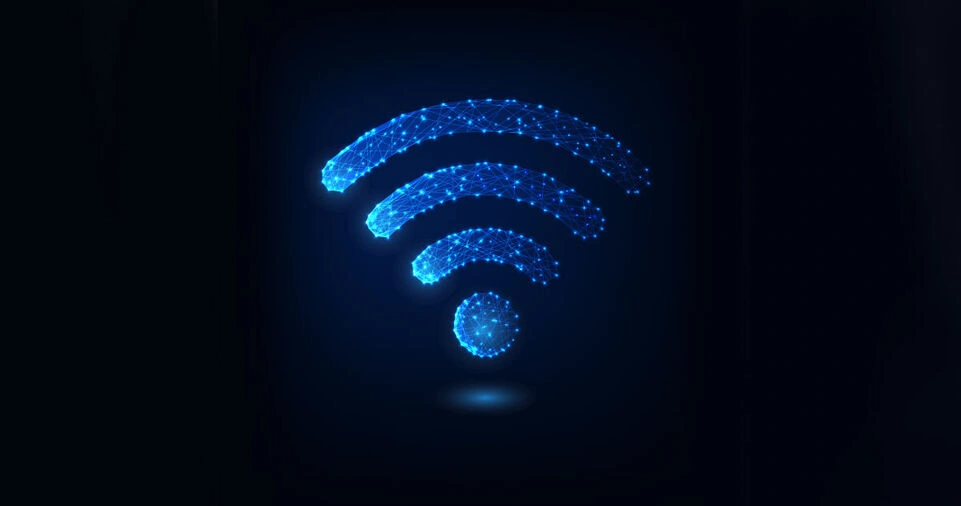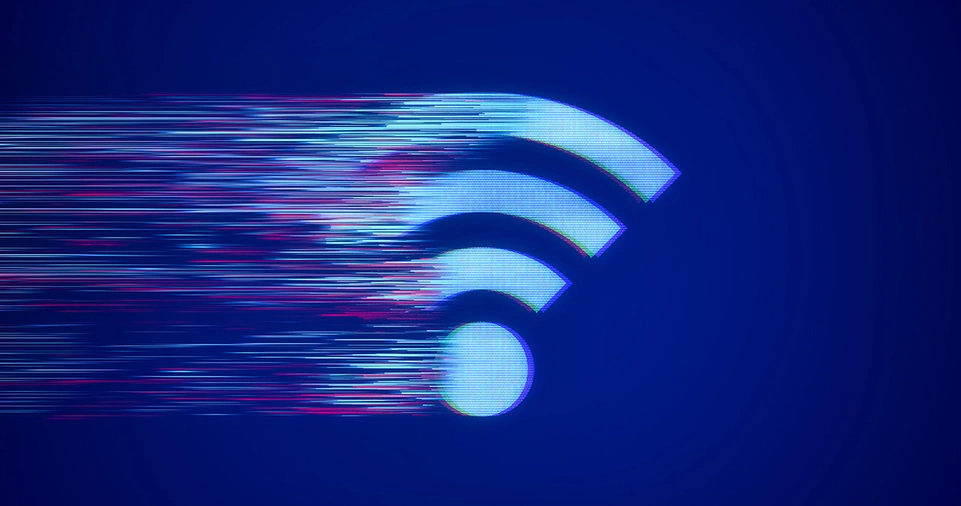In today’s digital age, a stable Wi-Fi connection is essential for work, entertainment, and communication.
However, many people face issues like slow internet speeds, dropped connections, or poor signal coverage.
These problems can arise due to various reasons, including network congestion, physical obstructions, outdated hardware, or incorrect settings.
Understanding how to diagnose and fix Wi-Fi issues at home can save time, reduce frustration, and improve your overall internet experience.
This guide will walk you through common Wi-Fi problems and their solutions in a detailed manner.
By following these steps, you can optimize your network for better speed, reliability, and coverage.
Whether you are dealing with connectivity drops, signal interference, or speed issues, this comprehensive guide will provide step-by-step solutions to help you resolve them efficiently.
Identifying the Problem
Before diving into solutions, it is crucial to identify the exact problem you are facing.
A Wi-Fi issue could stem from multiple factors, and pinpointing the root cause will help you apply the right fix.
Here are some common symptoms of Wi-Fi problems:
Slow Internet Speeds
- If websites take too long to load, videos buffer frequently, or downloads are sluggish, your internet speed may be below optimal.
- Use an online speed test tool like Speedtest by Ookla to check if you are getting the speed promised by your ISP.
Connection Drops Frequently
- If your Wi-Fi disconnects randomly or devices struggle to maintain a connection, there may be interference, signal range issues, or hardware problems.
- Observe whether the issue happens at specific times of the day or in certain locations of your house.
Weak Wi-Fi Signal
- If you have a strong connection near the router but experience weak signals in other parts of your home, you may need to optimize your router placement or consider range extenders.
- Walls, metal appliances, and even other electronic devices can affect signal strength.
Specific Device Connection Issues
- If only one device is facing problems while others work fine, the issue might be with the device itself rather than the Wi-Fi network.
- Restart the device, forget the network, and reconnect to see if the problem persists.
Basic Troubleshooting Steps

Restart Your Router and Modem
One of the simplest yet most effective fixes for Wi-Fi issues is restarting your router and modem.
Many connectivity problems arise from temporary glitches that can be resolved by a quick reboot.
Steps to Restart Your Router and Modem:
- Unplug the router and modem from the power source.
- Wait for at least 30-60 seconds.
- Plug the modem back in first and wait until all lights are stable.
- Then, plug in the router and wait for it to fully boot up.
- Try reconnecting your devices and test the connection.
Check for Loose Cables and Connections
- Ensure that all cables connecting your modem and router are secure.
- If you use a wired connection to your router, inspect the Ethernet cable for damage.
- Replace any damaged cables to prevent connectivity issues.
Optimizing Your Router Placement
Best Practices for Router Placement
Where you place your router can significantly impact signal strength and speed.
Here are some tips for optimal placement:
- Place it in a central location – Positioning your router in the middle of your home ensures even coverage.
- Avoid obstacles – Walls, furniture, and large appliances can weaken the signal. Try to position the router in an open area.
- Keep it elevated – Placing the router on a shelf or wall-mounted position can improve coverage.
- Minimize interference – Keep your router away from devices like microwaves, cordless phones, and Bluetooth gadgets that can interfere with the signal.
Adjust Antennas for Better Coverage
If your router has external antennas, adjust them to optimize coverage.
A general rule of thumb is:
- Position one antenna vertically for better horizontal coverage.
- Position the other horizontally to improve vertical signal reach.
Reducing Interference for a Stronger Connection
Changing Wi-Fi Channels
Wi-Fi routers operate on different channels within the 2.4 GHz and 5 GHz frequency bands.
If multiple networks in your area use the same channel, interference can occur.
How to Change Wi-Fi Channels:
- Log into your router’s settings via the IP address (usually 192.168.1.1 or 192.168.0.1).
- Navigate to the Wireless Settings section.
- Look for the option to change the Wi-Fi channel.
- Select a less crowded channel (1, 6, or 11 are best for 2.4 GHz).
- Save settings and restart your router.
Using Dual-Band Wi-Fi
Most modern routers support dual-band Wi-Fi with both 2.4 GHz and 5 GHz frequencies.
- 2.4 GHz covers a wider area but is more prone to interference.
- 5 GHz provides faster speeds but has a shorter range.
To switch to 5 GHz:
- Go to your router settings.
- Enable dual-band mode and connect devices that support 5 GHz to this frequency for a better experience.
Updating Your Router’s Firmware

Why Firmware Updates Matter
Router manufacturers release firmware updates to fix bugs, improve security, and enhance performance.
If your router is outdated, you may experience connectivity issues.
How to Update Your Router’s Firmware:
- Check your router’s model and visit the manufacturer’s website.
- Download the latest firmware version.
- Log into the router settings and look for the Firmware Update section.
- Upload the downloaded file and follow on-screen instructions.
- Restart your router after the update.
Expanding Your Wi-Fi Coverage
Using Wi-Fi Extenders or Mesh Networks
If your home has multiple dead zones, using Wi-Fi extenders or Mesh Wi-Fi Systems can help improve coverage.
- Wi-Fi Extenders amplify your existing signal to cover more areas.
- Mesh Wi-Fi Systems use multiple nodes to create a seamless network for larger homes.
Setting Up a Second Router
If you have an extra router, you can use it as an access point or repeater to extend your network.
- Connect the second router to the main router via Ethernet.
- Set it up as an access point in the settings.
- Place it strategically to maximize coverage.
Contacting Your ISP
If all troubleshooting steps fail, there may be an issue with your Internet Service Provider (ISP).
- Check for service outages in your area.
- Request a speed test from your ISP to confirm if you are getting the advertised speeds.
- Ask for a modem/router upgrade if your current hardware is outdated.
ALSO READ: How to Use AI to Automate Your Business Processes
Conclusion
A stable and fast Wi-Fi connection is essential for modern living, and understanding how to troubleshoot and optimize your home network can make a significant difference.
By following the steps outlined in this guide, you can eliminate dead zones, boost your connection speed, and ensure a reliable internet experience.
Whether you need to relocate your router, update firmware, reduce interference, or invest in a mesh network, these solutions will help you fix common Wi-Fi problems at home effectively.
If problems persist, consider reaching out to your ISP for additional support.
With the right adjustments, you can enjoy a seamless and efficient internet connection throughout your home.

